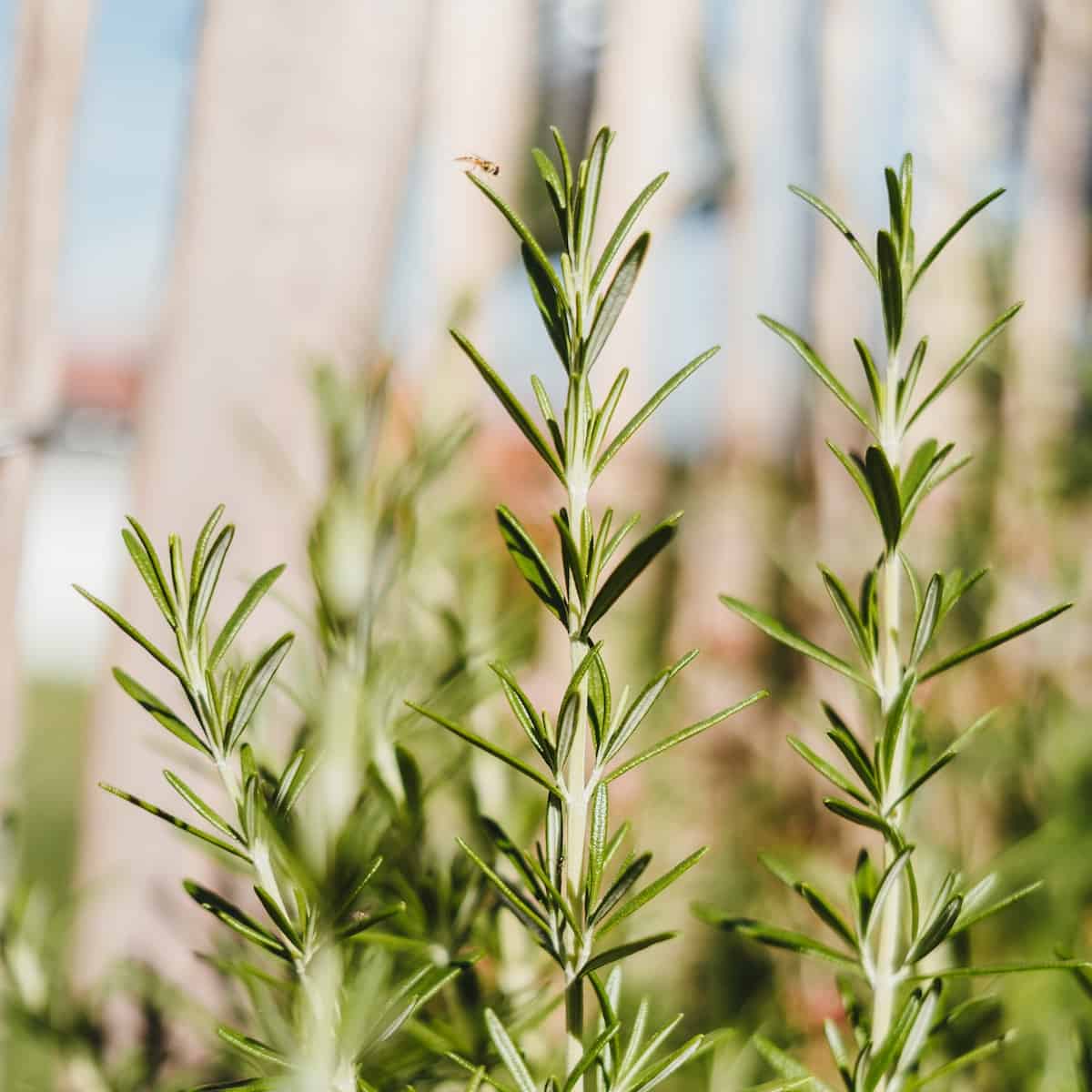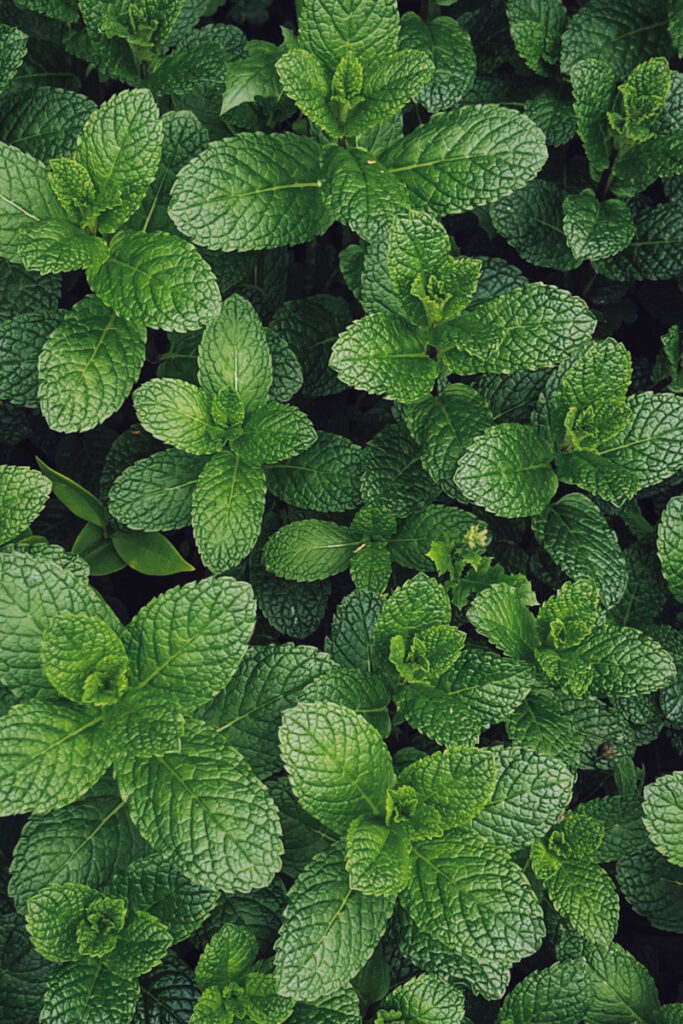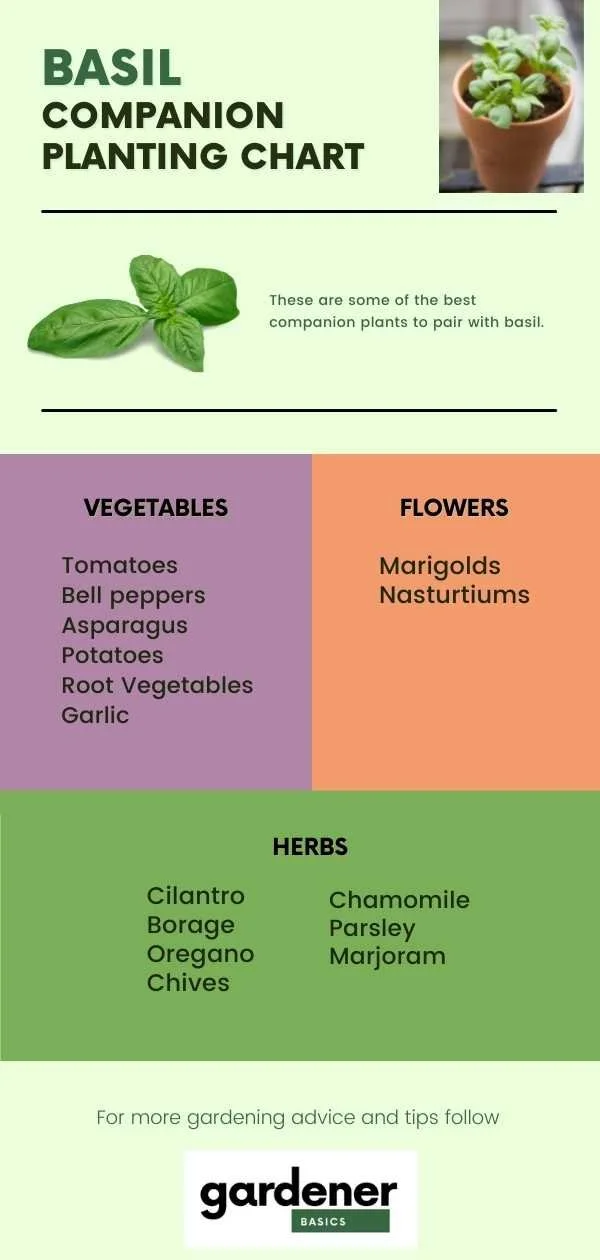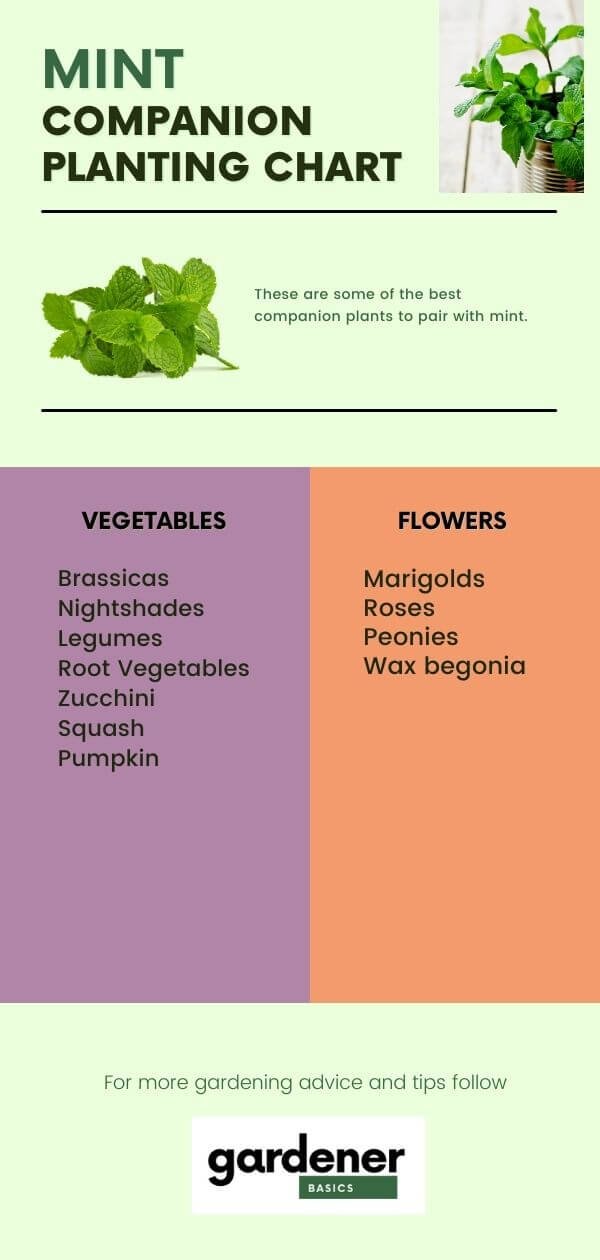Bad Companion Plants For Mint That Will Ruin Your Garden
Mint is a popular herb that is known for its refreshing scent and versatile uses. It can be used in cooking, tea, and even as a natural insect repellent. However, mint is also known for being invasive. If you are not careful, it can quickly take over your garden and crowd out other plants.
One way to prevent mint from taking over your garden is to choose the right companion plants. There are certain plants that mint should not be planted near, as they can compete for resources and even stunt each other's growth.
Here are some of the worst companion plants for mint:
- Other types of mint: Mint plants can cross-pollinate, which can lead to a loss of flavor and potency. If you want to grow multiple types of mint, it is best to plant them in separate containers or areas of your garden.
- Mediterranean herbs: Mint and other Mediterranean herbs, such as rosemary, oregano, thyme, lavender, and sage, have similar water and soil requirements. This means that they will compete for the same resources, which can lead to poor growth and even death.
- Basil: Basil and mint are both popular herbs that are often used in cooking. However, they should not be planted near each other. Basil needs full sun and well-drained soil, while mint prefers partial shade and moist soil. Planting them together can lead to root rot in the basil and stunted growth in both plants.
- Parsley: Parsley and mint are both biennials, which means that they grow for two years before dying. However, parsley needs full sun and well-drained soil, while mint prefers partial shade and moist soil. Planting them together can lead to root rot in the parsley and stunted growth in both plants.
- Low-growing flowers: Low-growing flowers, such as sweet alysum, can compete with mint for sunlight and water. This can lead to poor growth in both plants.
If you are planning to plant mint in your garden, it is important to choose companion plants that will not compete with it for resources. By avoiding these bad companion plants, you can help to ensure that your mint plants thrive and do not ruin your garden.
Mint is a versatile herb that can be used in a variety of dishes, but it's important to know which plants it should be planted near. Some companion plants can help to improve the growth and flavor of mint, while others can actually harm it.
Here are a few bad companion plants for mint:
- Lavender: Mint and lavender have similar water and soil requirements, so they can compete for resources. Additionally, the strong scent of lavender can suppress the growth of mint.
- Rosemary: Rosemary and mint have different nutrient requirements, so planting them together can lead to nutrient deficiencies in both plants.
- Basil: Basil and mint have different water requirements, so planting them together can lead to one plant being overwatered and the other being underwatered. Additionally, the strong scent of basil can suppress the growth of mint.
- Thyme: Thyme and mint have similar water and soil requirements, so they can compete for resources. Additionally, the strong scent of thyme can suppress the growth of mint.
- Sage: Sage and mint have different water requirements, so planting them together can lead to one plant being overwatered and the other being underwatered. Additionally, the strong scent of sage can suppress the growth of mint.
If you're planning on planting mint in your garden, it's important to do your research and avoid planting it near these bad companion plants. For more information about which plants are good and bad companions for mint, you can visit Garden Wiki.
FAQ of bad companion plants for mint
What are bad companion plants for mint?
Mint is a hardy plant that can be invasive, so it's important to choose companion plants that won't compete with it for resources. Some bad companion plants for mint include:
- Basil
- Lavender
- Oregano
- Rosemary
- Sage
- Thyme
- Chamomile
- Parsley
- Strawberries
These plants are all susceptible to being overtaken by mint's aggressive roots, which can crowd them out and prevent them from getting the nutrients they need to thrive.
What happens if I plant mint next to bad companion plants?
If you plant mint next to bad companion plants, the mint may crowd them out and prevent them from getting the nutrients they need. This can lead to the death of the companion plants. In some cases, the mint may also transmit diseases to the companion plants.
How can I prevent mint from overtaking my garden?
There are a few things you can do to prevent mint from overtaking your garden:
- Plant mint in a pot or container. This will help to contain the mint's roots and prevent it from spreading to other plants.
- Plant mint in a sunny spot with well-drained soil. Mint prefers these conditions and will be less likely to spread if it is not stressed.
- Mulch around the mint plant with gravel or pebbles. This will help to discourage the mint's roots from spreading.
- Keep an eye on the mint plant and remove any new growth that appears outside of the pot or container.
What are some good companion plants for mint?
Some good companion plants for mint include:
- Carrots
- Cucumbers
- Eggplants
- Melons
- Peas
- Peppers
- Tomatoes
- Zinnias
These plants do not compete with mint for resources and can actually help to deter pests. For example, marigolds can help to repel mosquitoes and other insects.
Are there any other plants that I should avoid planting near mint?
In addition to the bad companion plants listed above, there are a few other plants that you should avoid planting near mint:
- Fennel
- Garlic
- Onions
- Chives
These plants are all in the Allium family, and they can cross-pollinate with mint. This can result in a loss of flavor in the mint.
Image of bad companion plants for mint
5 different images of bad companion plants for mint from Pinterest:
- Basil. Mint and basil are both members of the mint family, so they compete for the same resources. This can lead to stunted growth and even death for one or both plants.
- Oregano. Oregano and mint have similar water and nutrient requirements, so planting them together can lead to one plant outcompeting the other.
- Rosemary. Rosemary and mint have different soil pH requirements, so planting them together can stress both plants.

- Sage. Sage and mint have similar water and nutrient requirements, so planting them together can lead to one plant outcompeting the other.

- Thyme. Thyme and mint have similar water and nutrient requirements, so planting them together can lead to one plant outcompeting the other.



Post a Comment for " Bad Companion Plants For Mint That Will Ruin Your Garden"